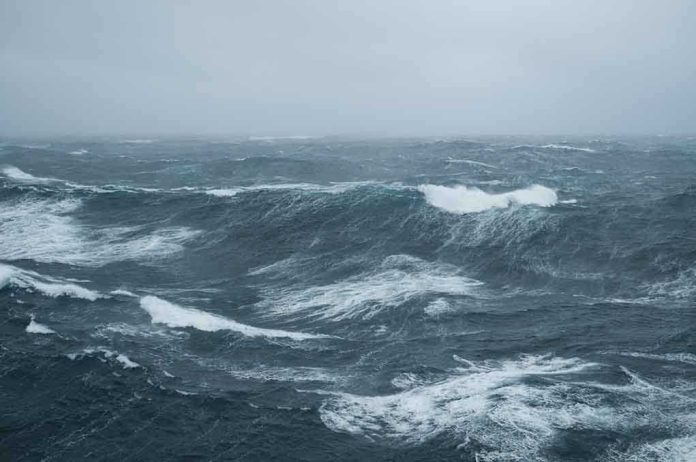
A super typhoon’s wrath leaves Taiwan grappling with a collapsed bridge, highlighting the urgent need for resilient infrastructure.
Story Highlights
- A super typhoon caused a catastrophic bridge collapse in Taiwan.
- Thousands of residents were evacuated due to severe flooding.
- The event raises concerns about infrastructure resilience and climate adaptation.
- Questions emerge on Taiwan’s disaster preparedness and response.
Bridge Collapse Amplifies Infrastructure Concerns
The collapse of a major bridge in Taiwan during the passage of a super typhoon has brought the issue of infrastructure vulnerability into sharp focus. The storm, packing torrential rains and high winds, caused significant damage, leading to a tragic bridge failure that resulted in casualties and massive evacuations. This disaster underscores the pressing need for Taiwan to reconsider the resilience of its aging infrastructure, especially in the face of increasing storm intensity.
The bridge collapse during the peak of the typhoon forced vehicles and pedestrians into the tumultuous waters below. Emergency services swiftly initiated search and rescue operations, battling adverse weather conditions to save those trapped. This incident echoes past infrastructure failures in Taiwan, calling into question the effectiveness of current safety measures and maintenance practices.
Massive Evacuations Test Disaster Preparedness
In response to the typhoon’s impact, authorities ordered the evacuation of over 10,000 residents from high-risk areas prone to flooding and landslides. The government’s disaster management system, though robust, was pushed to its limits, highlighting both its strengths and areas needing improvement. As emergency responders continue their efforts, the displaced residents face uncertainty regarding their immediate future and safety.
The typhoon’s devastation has also triggered power outages and significant infrastructure damage, adding to the logistical challenges faced by the rescue teams. Temporary shelters have been established to accommodate evacuees, with ongoing assessments to determine the full extent of the damage.
Long-Term Implications and Calls for Change
The catastrophic event presents both short-term disruptions and long-term considerations for Taiwan. While immediate efforts focus on relief and recovery, the need for a comprehensive review of infrastructure resilience and climate adaptation policies becomes evident. Experts argue for increased investment in upgrading critical structures and enhancing disaster preparedness strategies to better withstand future storms.
Bridge Collapses As ‘Super Typhoon’ Passes Taiwan, Forces Thousands To Evacuatehttps://t.co/3Bgvj8cE4B
— Jennifer Harper 👍👌👍👌 (@AwakeNeverWoke1) September 24, 2025
As Taiwan navigates the aftermath of this disaster, the incident serves as a stark reminder of the challenges posed by climate change and the necessity for proactive measures. The resilience of critical infrastructure remains a top priority, and this event is likely to prompt significant policy discussions and reforms aimed at safeguarding the island nation against future calamities.
Sources:
Reuters. (2025). “Bridge collapses as super typhoon hits Taiwan.”
Associated Press. (2025). “Thousands evacuated after typhoon triggers bridge collapse in Taiwan.”
BBC News. (2025). “Taiwan bridge collapse: What we know so far.”
IPCC Sixth Assessment Report. (2021). “Climate Change 2021: The Physical Science Basis.”













